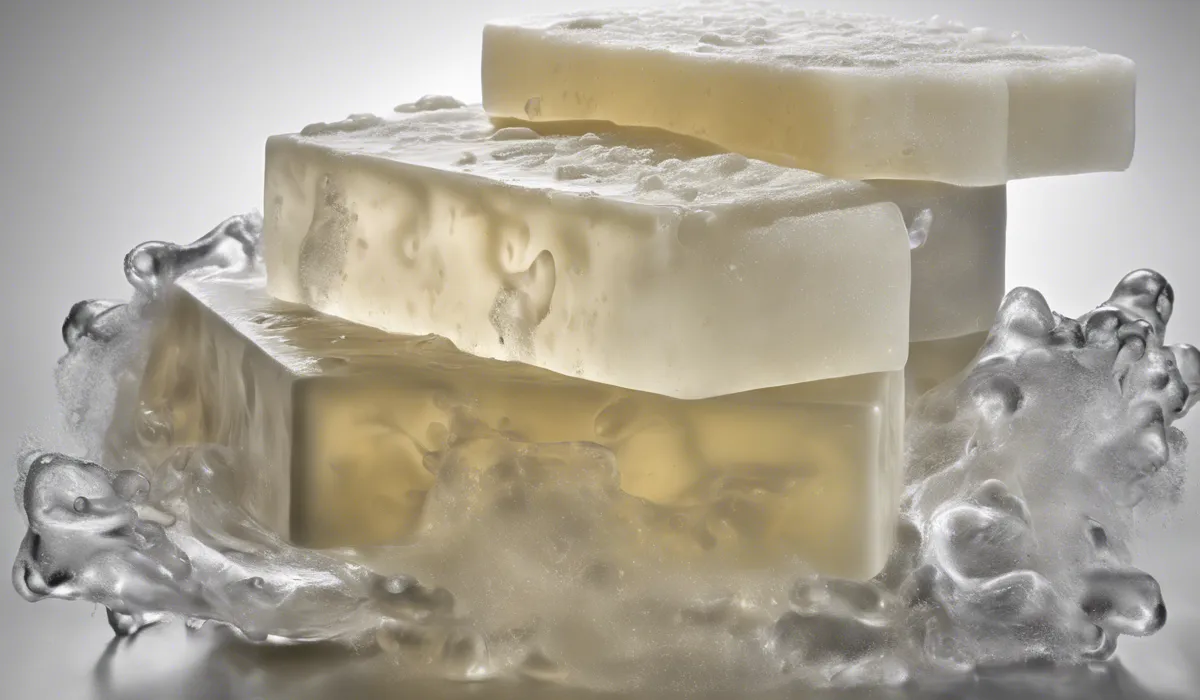Mold does not typically taste like soap. Instead, it often has a musty or earthy flavor. The taste of soap is usually due to chemical residues, not mold. If food tastes like soap, it’s best to avoid consumption and discard it.
Understanding Mold and Its Characteristics

What Is Mold?
Mold is a type of fungus that can grow almost anywhere there is moisture and organic material.
Common types of mold include Aspergillus, Penicillium, and Black Mold (Stachybotrys chartarum), each with unique characteristics and potential health effects.
Growth Conditions for Mold
Mold thrives in warm, damp, and humid conditions. It often grows in places with poor ventilation or where water has accumulated, such as in bathrooms, kitchens, and basements.
Visual and Tactile Mold Identification
Mold can appear fuzzy or slimy and comes in a variety of colors, including green, black, white, or even pink. Its texture can range from velvety to rough, depending on the type.
The Flavor Profile of Mold
Contrary to some beliefs, mold does not taste like soap. It typically has a musty, earthy, or tangy flavor, which can be quite unpleasant and is a sign that food should not be consumed.
The Soap-like Taste Phenomenon

Anecdotal Evidences of Soapy Taste
Some people report a soapy taste when consuming moldy foods, but this is not a direct characteristic of the mold itself. Rather, it could be due to other factors.
Chemical Compounds Behind the Taste
Chemical residues from cleaning products or the breakdown of certain fats and oils could be responsible for a soapy taste, not the presence of mold.
Influencing Factors on Mold’s Flavor
The environment where the mold grows, the substrate (surface) it grows on, and the specific type of mold can all affect its flavor, but none should produce a soap-like taste.
Other Common Tastes of Mold
Mold is often associated with bitter, sour, or musty tastes, which serve as warning signs that food is spoiled and should not be eaten.
Health Implications and Prevention

Risks of Consuming Moldy Food
Eating moldy food can lead to allergic reactions, respiratory problems, and in some cases, mycotoxin poisoning. It is important to handle moldy items with care and discard them properly.
Body’s Reactions to Mold
Ingesting mold or chemical residues that taste like soap can cause nausea, vomiting, or diarrhea. If you experience these symptoms, it is best to consult a doctor.
Preventing Mold in Food
Store food properly, keep environments clean and dry, and use products designed to inhibit mold growth to minimize the risk of contamination.
Safe Food Handling Practices
To ensure food safety, inspect items regularly for signs of mold, especially if they have been stored for a while, and always clean surfaces and utensils thoroughly after use.
FAQs About Mold Taste
What does mold typically taste like?
Mold typically has a musty or earthy flavor, not a soapy taste.
Can mold taste like soap?
No, mold does not usually taste like soap; a soapy taste is more likely due to chemical residues.
Why might my food taste like soap?
If your food tastes like soap, it could be due to the presence of chemical residues or contaminants, not mold.
Is it safe to eat food that tastes like soap?
No, it’s best to avoid eating food that tastes like soap, as it could indicate contamination or chemical residue.
What should I do if my food has a soapy taste?
If your food has a soapy taste, you should discard it to avoid potential health risks.
Final Thoughts
Mold is not characterized by a soapy taste; it typically presents a musty or earthy flavor profile.
A soapy taste in food is likely attributed to chemical residues rather than mold. It is advisable to err on the side of caution, refraining from eating items with a soap-like taste and disposing of them appropriately.
